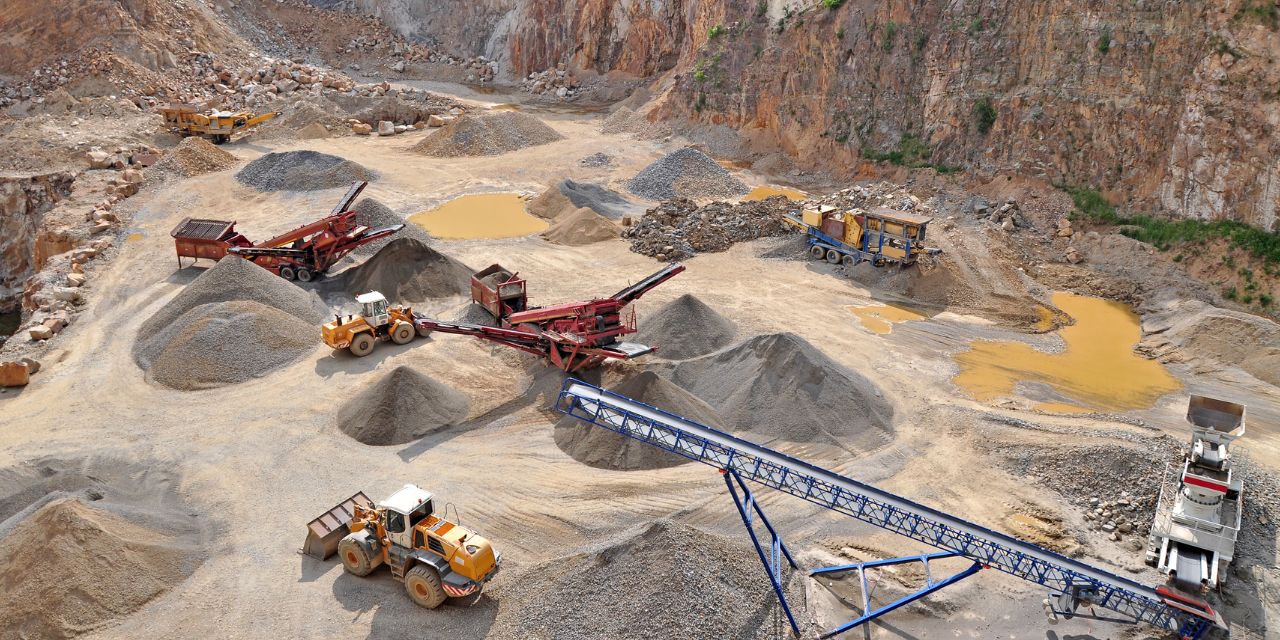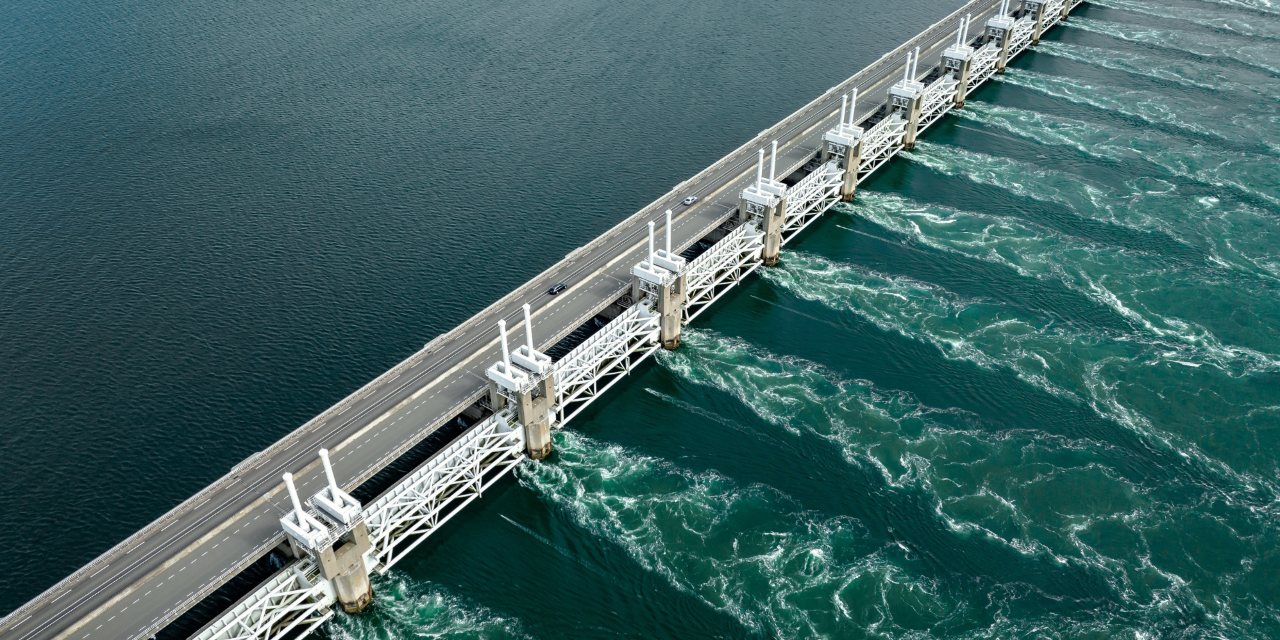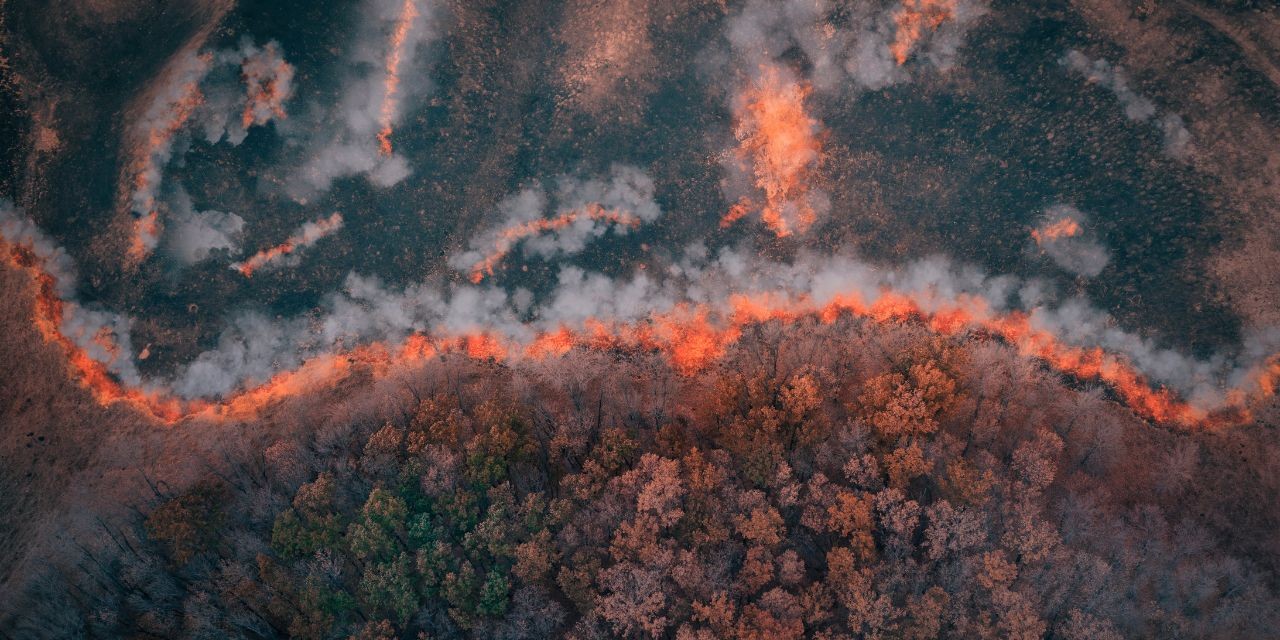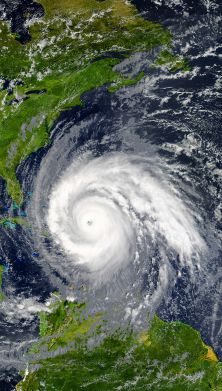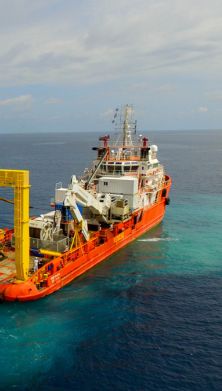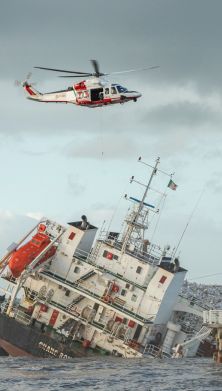The rise of nature risk
What is nature risk?
Nature risk refers to the potential negative impacts on businesses, economies, and societies that arise from degrading natural ecosystems, biodiversity loss, and the decline of ‘ecosystem services’ – the positive benefits ecosystems bring to humans. It is a growing concern as the world grapples with deforestation, water scarcity, climate change, and ecosystem collapse.
The term nature risk has gained traction in the corporate world in response to increasing environmental regulation and the realization that nature is a critical asset, rather than an ‘externality’. Historically, businesses operated under the assumption that nature was an externality, a term that refers to the unintended side effects of an activity where the effects are not reflected in the price of goods or services.
This means the environmental costs of economic production – pollution, deforestation, and resource depletion – were left out of the pricing of goods. As a result, natural resources have been exploited without fully accounting for the long-term damage to ecosystems, human health, and the economy.
“We’ve realized that nature is not an externality, that it is essential to our wellbeing, so societies are increasingly seeking to protect what remains,” comments Chandler Morris, a Regional Head of Environmental Impairment Liability at Allianz Commercial.
“For instance, a 2019 report from the OECD estimated that natural ecosystems provide a global value of $125- $140trn annually. Indeed, over 50% of global GDP depends on natural capital and ecosystem services, but many ecosystems are close to tipping points beyond which they may be unrecoverable.”
Why is nature risk of interest to business?
As awareness of the value of nature has increased, societies have introduced laws to safeguard it. There is a growing expectation that businesses will be held accountable for any harm they cause, and, in severe cases, directors could even face criminal liability. For businesses, the rise of nature risk presents regulatory and reputational challenges.
“Businesses increasingly find themselves facing regulations and unlimited fines for harming ecosystems,” says Morris. “For example, in 2023, the UK lifted the cap on environmental fines, allowing for unlimited penalties against polluters. This strengthens enforcement across industries and removes the previous cap of £250,000 [$325,000] on penalties for environmental offences, allowing regulators to impose unlimited fines on polluters.
“This kind of regulatory shift forces companies to re-evaluate their operations and ensure compliance to avoid financial penalties and long-term damage to their reputation. Companies have already started to act ahead of these regulations. One global firm restructured its entire waste management process to meet stricter biodiversity standards.”
In addition to regulatory compliance, operational disruption is another significant risk for businesses. Degraded ecosystems can impact supply chains, increase resource scarcity, and lead to higher costs. Companies that rely on natural resources – such as in agriculture and mining – are particularly vulnerable.

The price tag of global crops directly relying on pollinators is estimated to be between $235bn and $577bn a year. Companies that rely on agriculture are already feeling the strain from reduced productivity due to ecosystem degradation. Pollinator declines and land degradation are driving up operational costs and reducing output, which directly affects companies’ bottom lines.
As nature-related regulations become more stringent, businesses that act early stand to gain a competitive advantage.
“By staying ahead of developments in the regulatory environment, businesses can reduce their exposure to nature risks and avoid the high costs associated with non-compliance,” says Arthur Lu, Global Head Environment Impairment Liability at Allianz Commercial.
“Moreover, businesses that are seen as proactive in protecting ecosystems and supporting sustainability initiatives can enhance their brand reputation and attract environmentally conscious consumers and investors. This is especially critical as public awareness of environmental issues grows, and consumers increasingly demand transparency and accountability from the companies they support.”
What are the trends and challenges around nature risk?
The growing awareness of nature’s finite resources is driving changes across industries. One of the most significant trends is aligning nature risk with climate risk. Many companies have long viewed climate and nature as separate issues, but now it is clear they are interconnected. Nature degradation accelerates the climate crisis, and climate change worsens nature risks like deforestation, biodiversity loss, and ecosystem collapse.
The challenge for businesses is navigating this complex, fast-evolving regulatory landscape. In the coming years, companies heavily dependent on natural resources will face mounting costs – not just from regulatory compliance but from operational disruptions caused by resource depletion, ecosystem degradation, and shifting climate patterns.
“We’ve already seen instances where companies have been forced to halt production or invest heavily in remediation due to environmental damage,” notes Lu. “For businesses that fail to adapt, the financial risks could include higher insurance premiums, significant capital expenditure for environmental recovery, and the potential for long-term reputational damage, which can erode market value and investor confidence.”
Modeling and pricing nature-related risks present unique challenges for insurers due to the complexity and unpredictability of ecosystem degradation. One of the most significant challenges is the limited historical data on nature risks. Unlike traditional risks, which can be more easily quantified, the gradual degradation of ecosystems and biodiversity loss make it difficult to predict the monetary impact accurately.
For example, while insurers can model acute events like floods or fires, long-term issues such as soil erosion or species decline are more complex to measure. This creates a challenge for insurers in accurately pricing nature-related risks and developing appropriate coverage solutions. Insurers must also adapt to the increasing frequency and intensity of environmental events caused by climate change.
The complexity of these challenges underscores the need for collaboration between businesses and insurers to develop innovative risk management solutions.
How is Allianz Commercial involved in this area?
Allianz Commercial is at the forefront of helping businesses manage their exposure to nature-related risks. By offering specialized insurance products like environmental liability and contractors’ pollution liability, Allianz helps clients navigate the complexities of environmental regulations and mitigate the monetary impact of nature-related liabilities.
“We provide pollution coverage for a broad range of conditions – everything from chemicals and oil to gases – released into the land, air, or water without consent,” explains Lu. “Allianz’s insurance solutions extend beyond pollution incidents; they can help businesses meet biodiversity and sustainability standards. Companies proactively addressing nature risks and protecting ecosystems can benefit from lower premiums.”
One of Allianz Commercial’s key strategies is aligning with global frameworks such as the Taskforce on Nature-related Financial Disclosures (TNFD) and the Corporate Sustainability Reporting Directive (CSRD). These frameworks encourage businesses to disclose their exposure to nature-related risks, which will likely become mandatory in the next few years.
For Allianz Commercial, the rise of nature risk represents an opportunity to support businesses in managing these complex challenges. By offering tailored insurance products and staying ahead of regulatory developments, Allianz helps its clients navigate the evolving nature risk landscape and remain resilient in the face of environmental pressures.
References
[1] OECD, Biodiversity: Finance and the economic and business case for action, 2019
[2] World Economic Forum, Nature risk rising: Why the crisis engulfing nature matters for business and the economy, January, 2020Pictures: Adobe Stock
[3 ]Food and Agriculture Organization of the United Nations, Why bees matter, May 20, 2018
